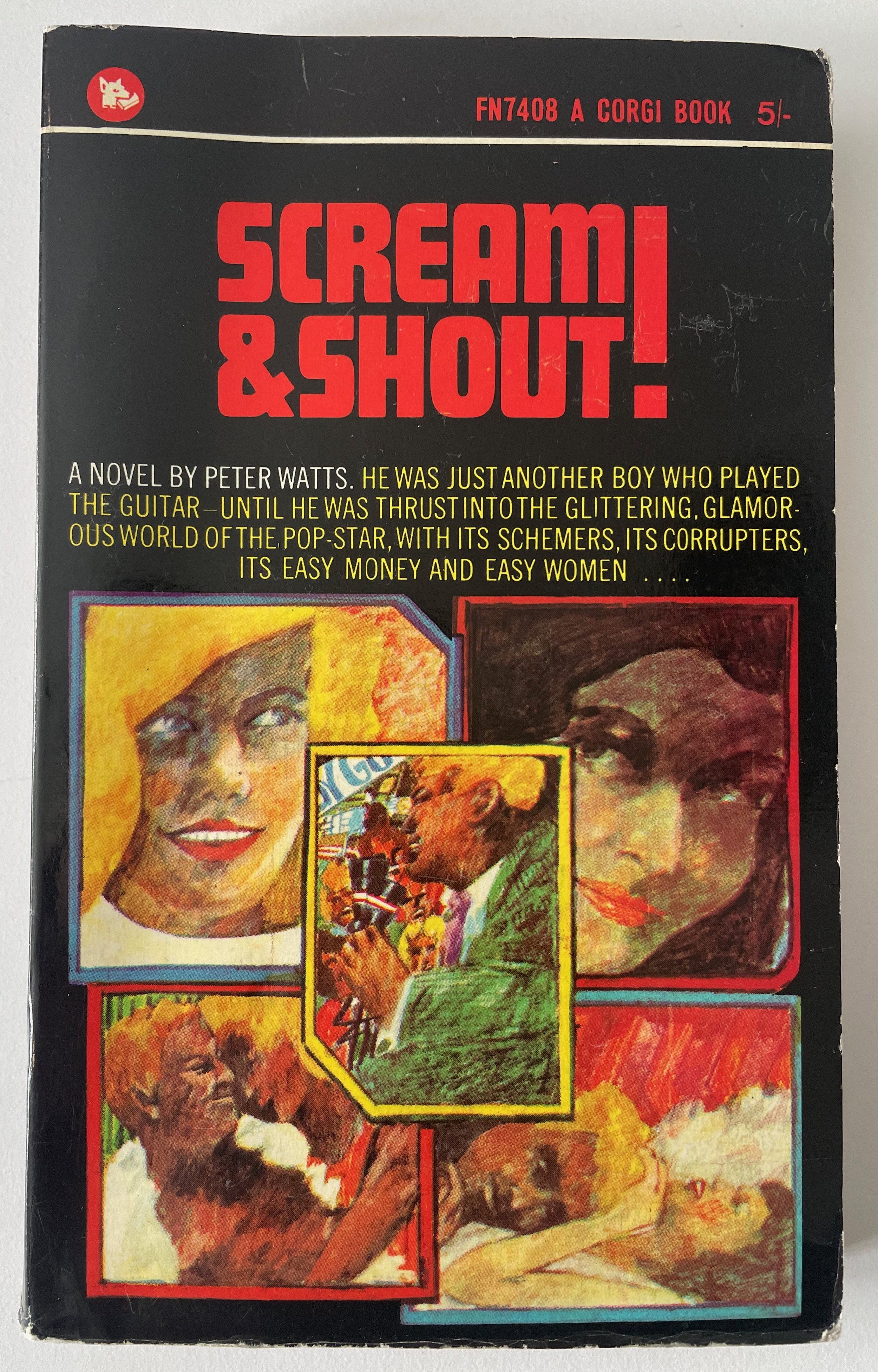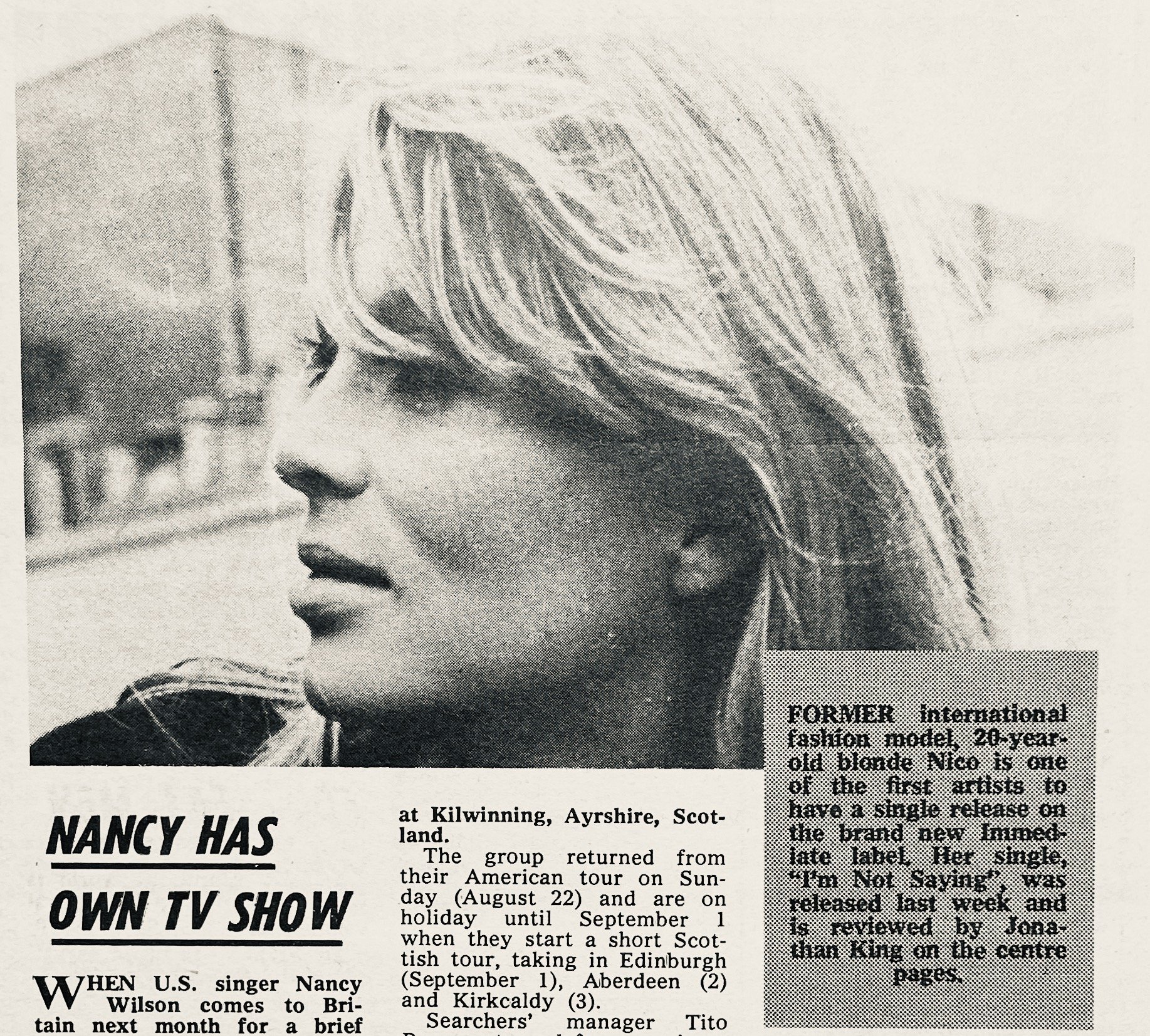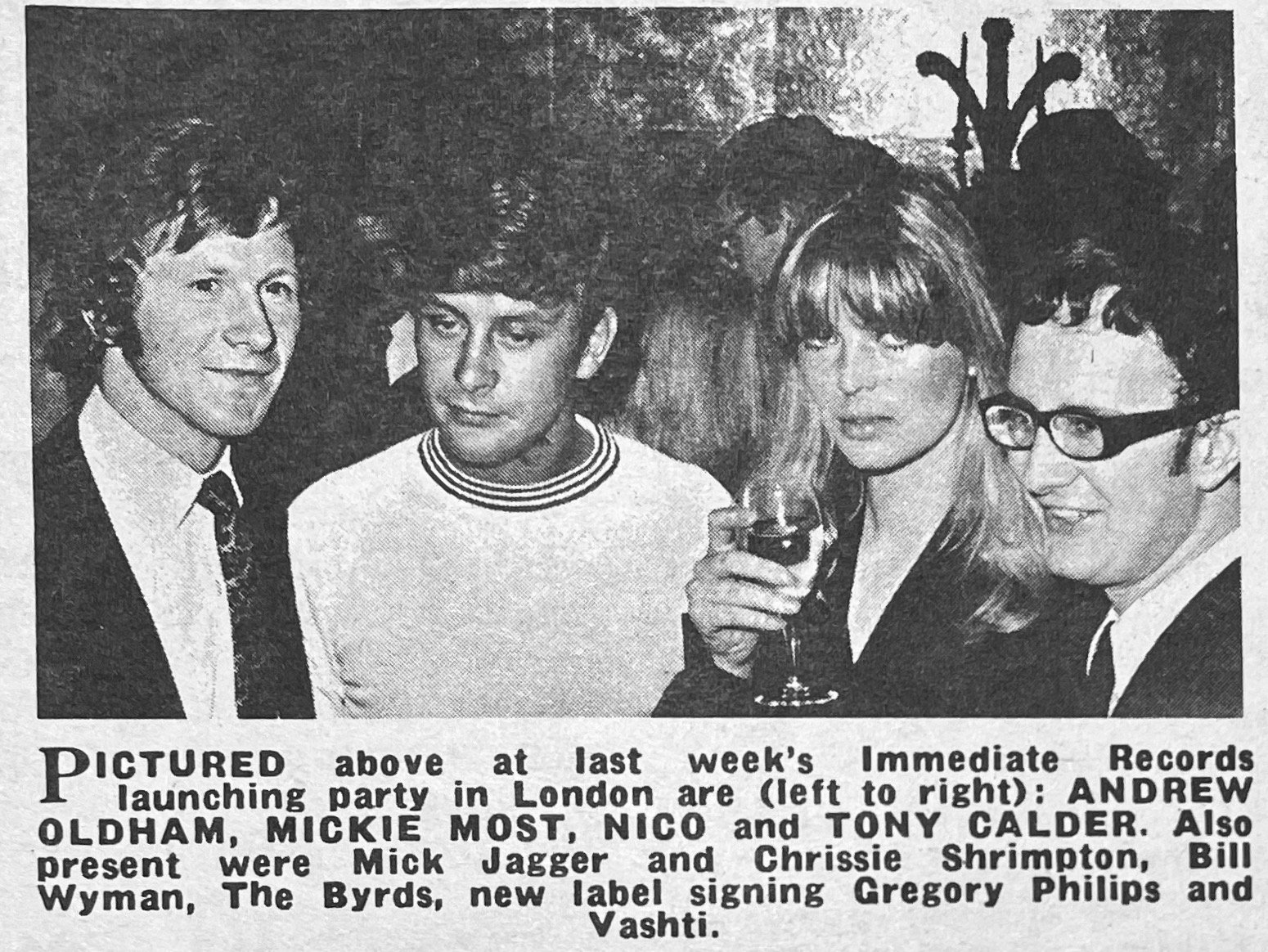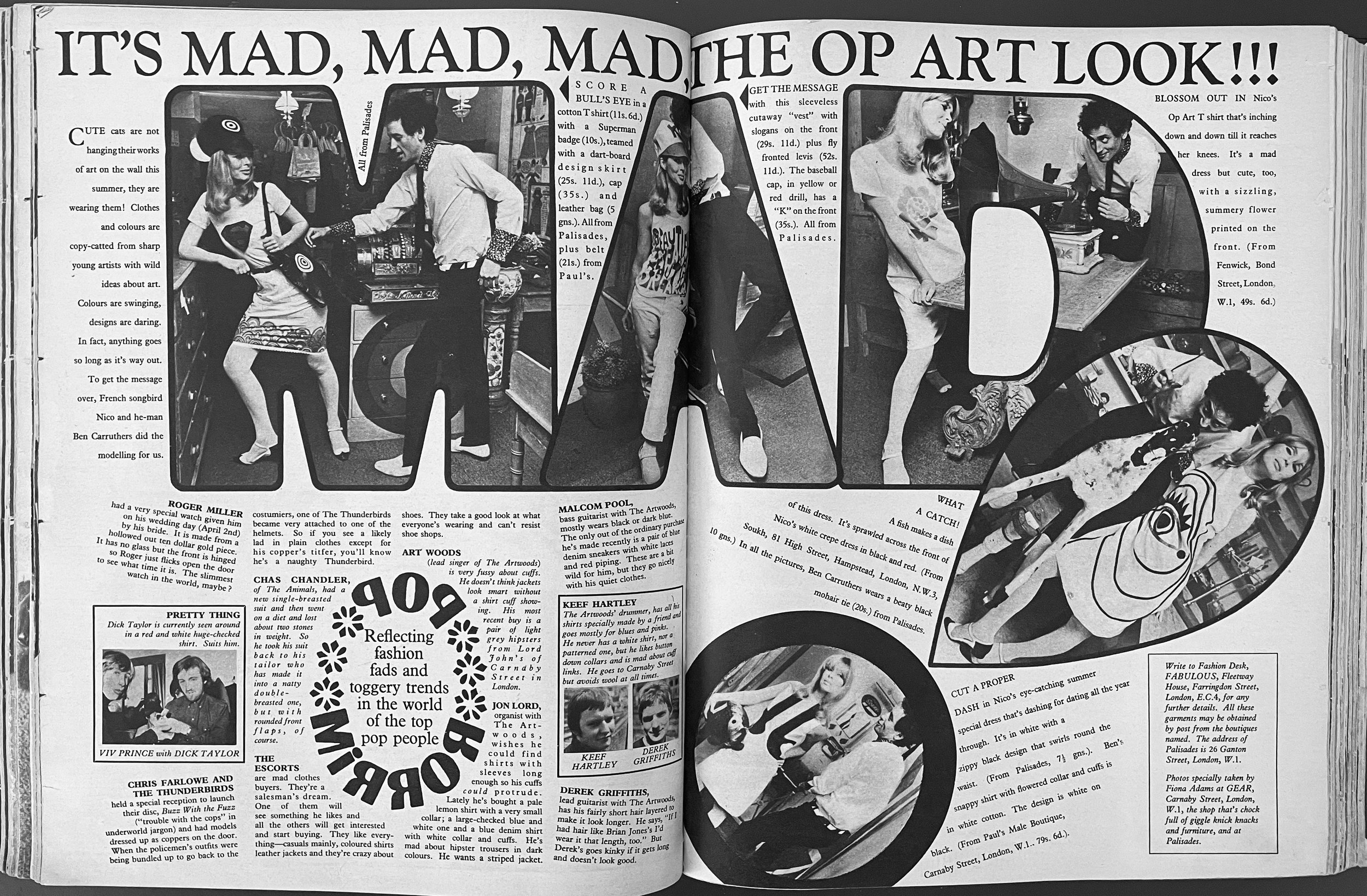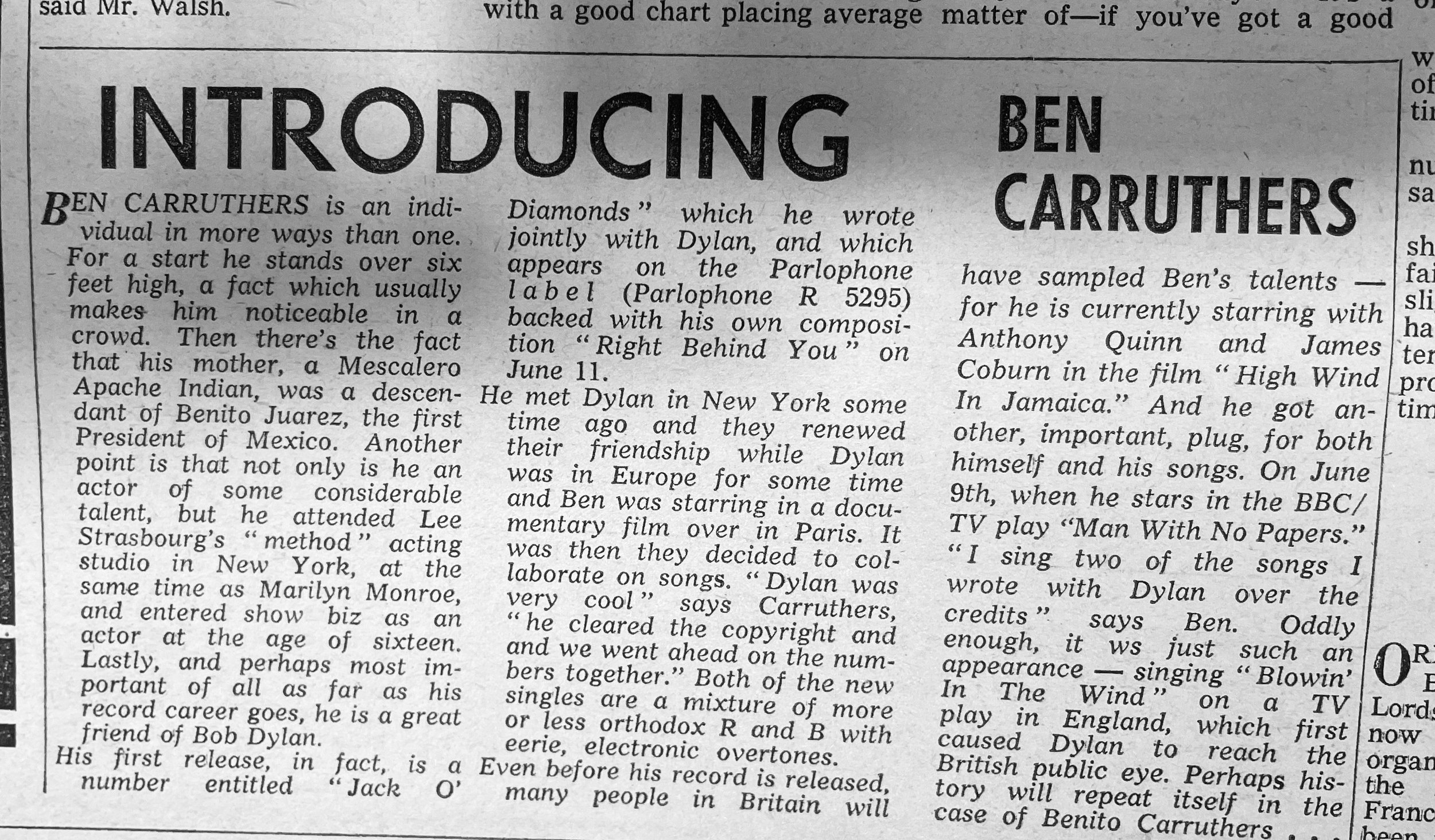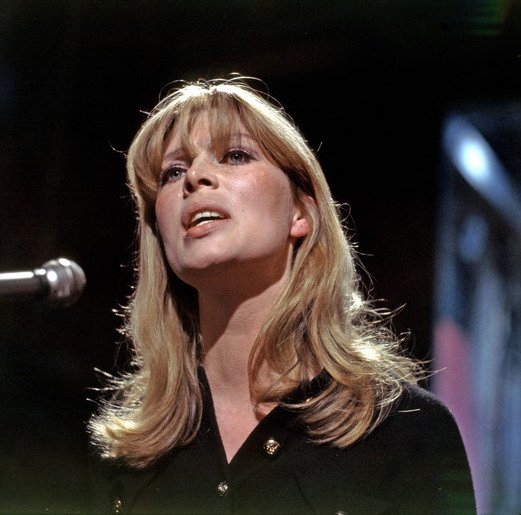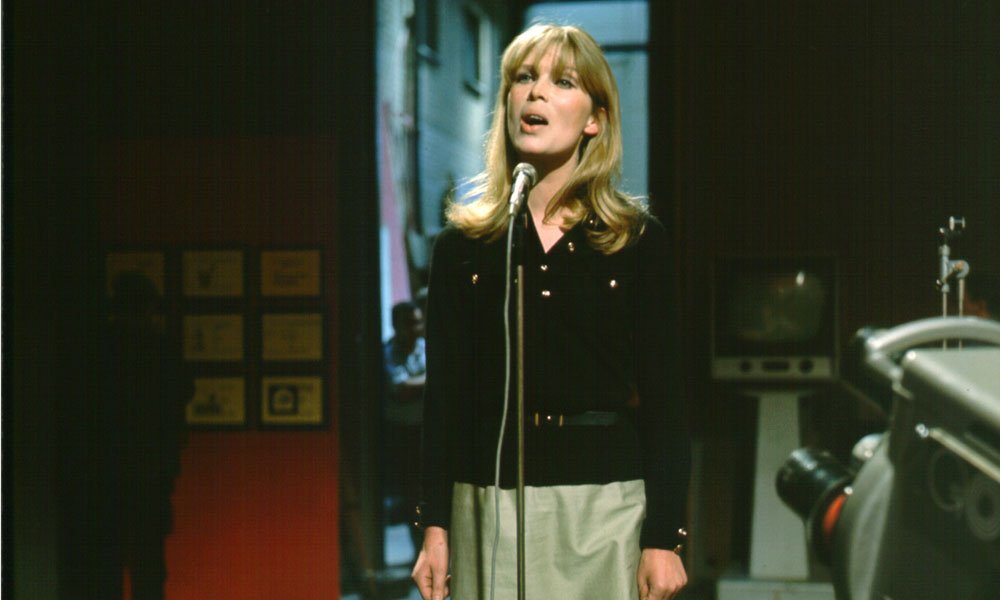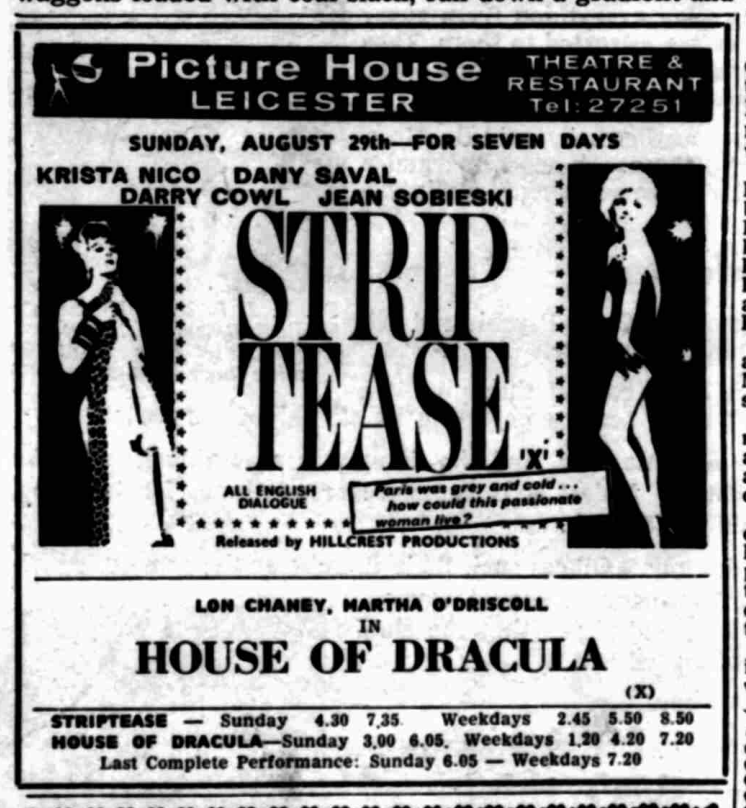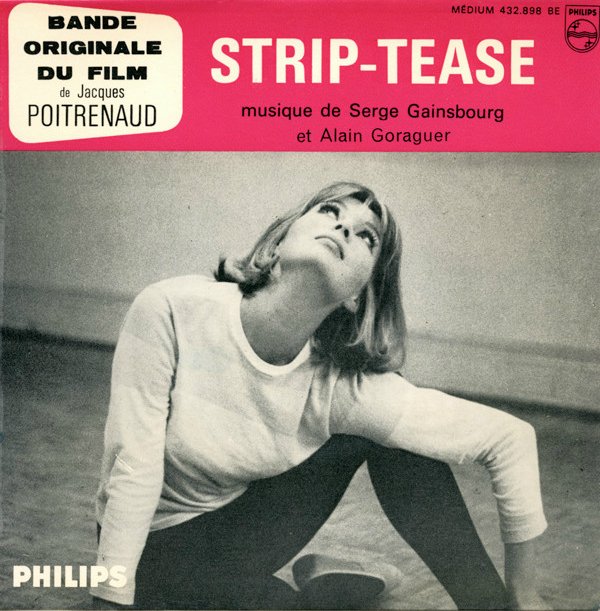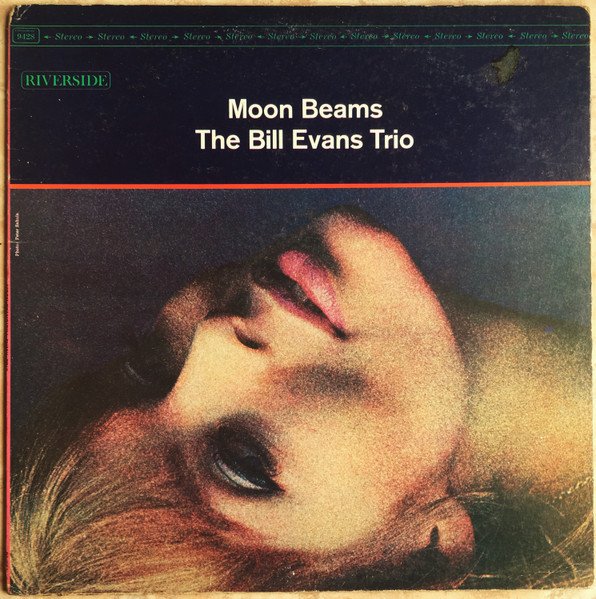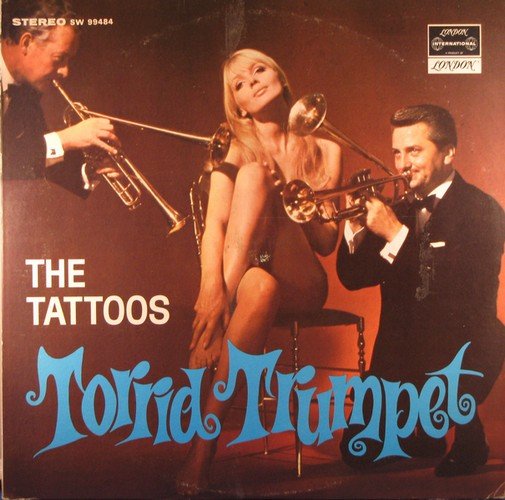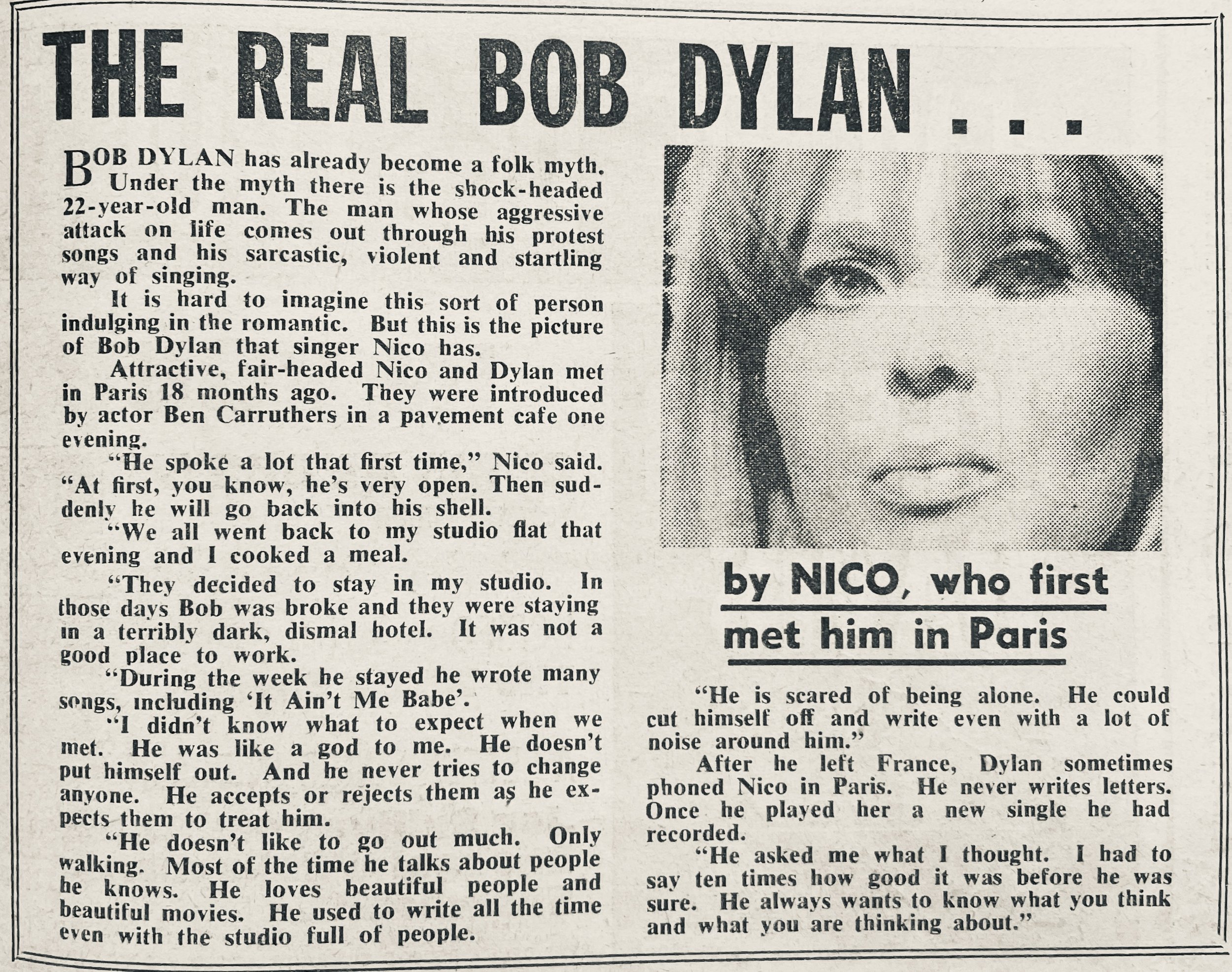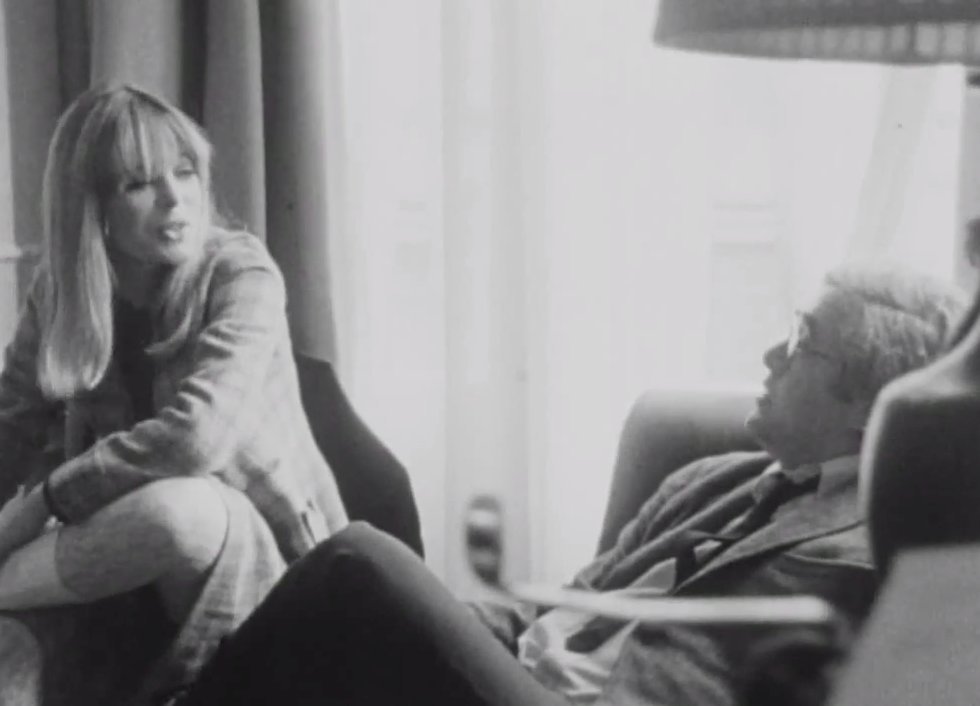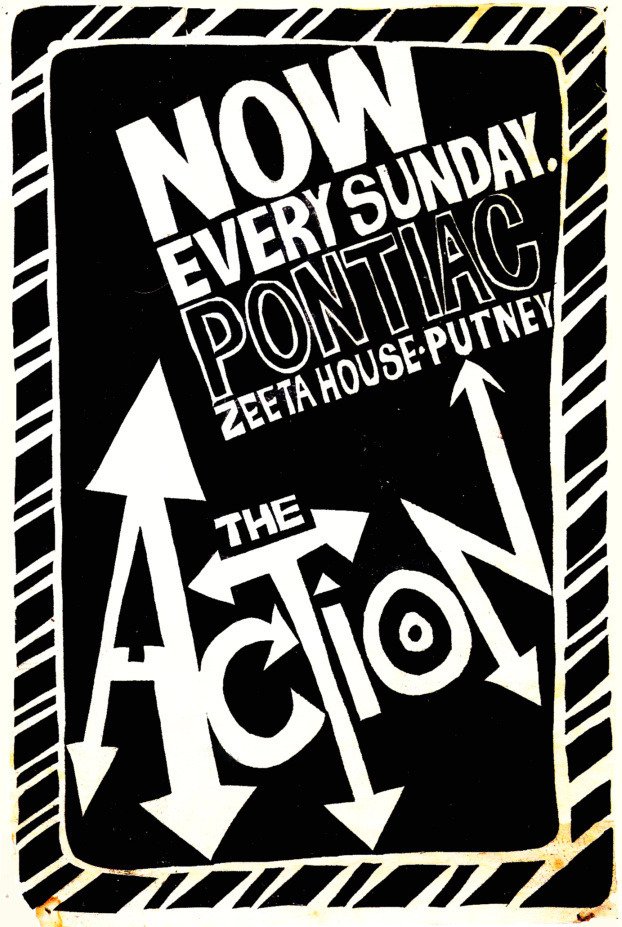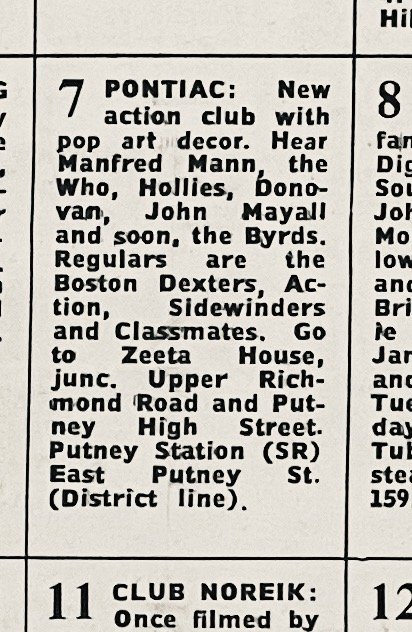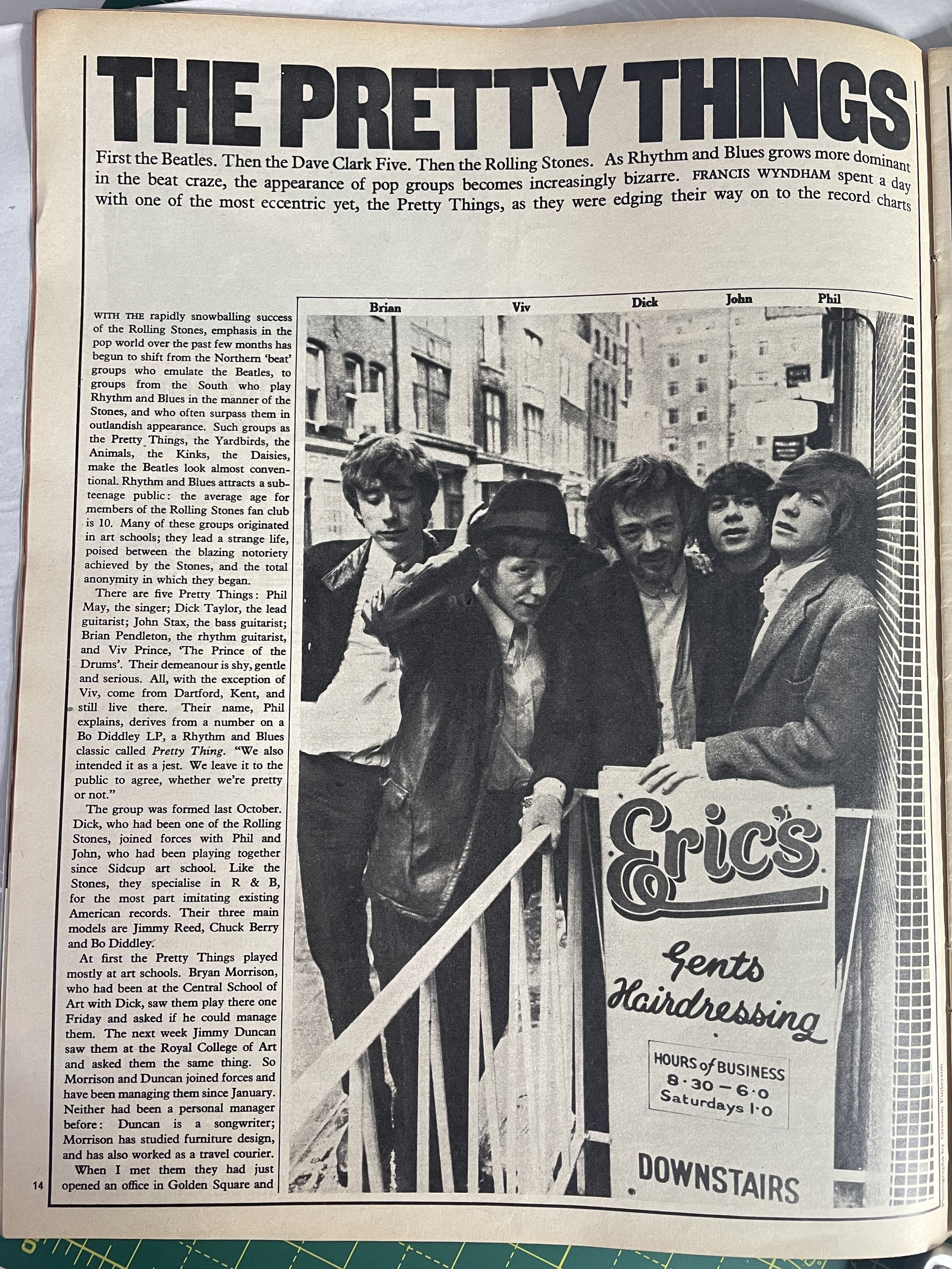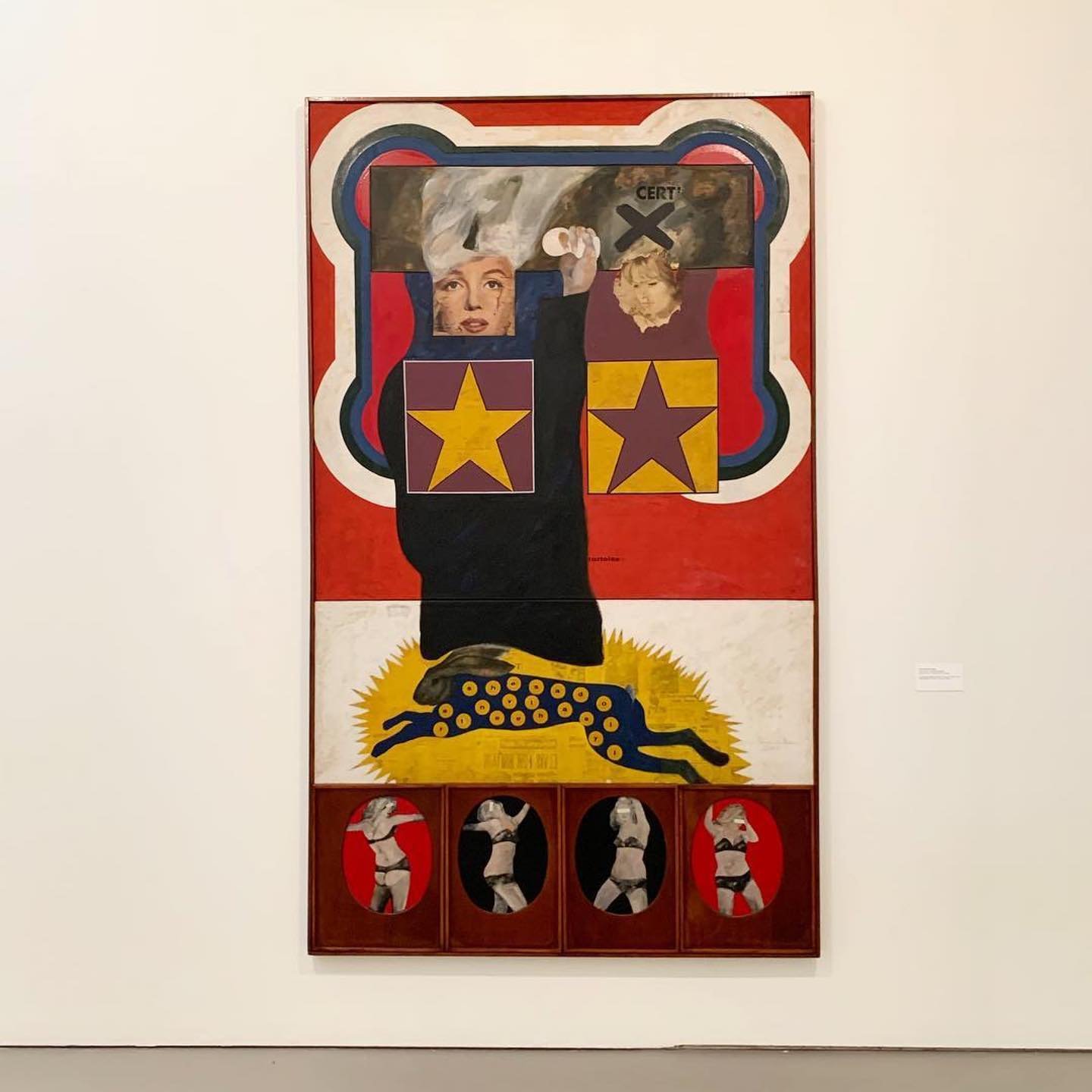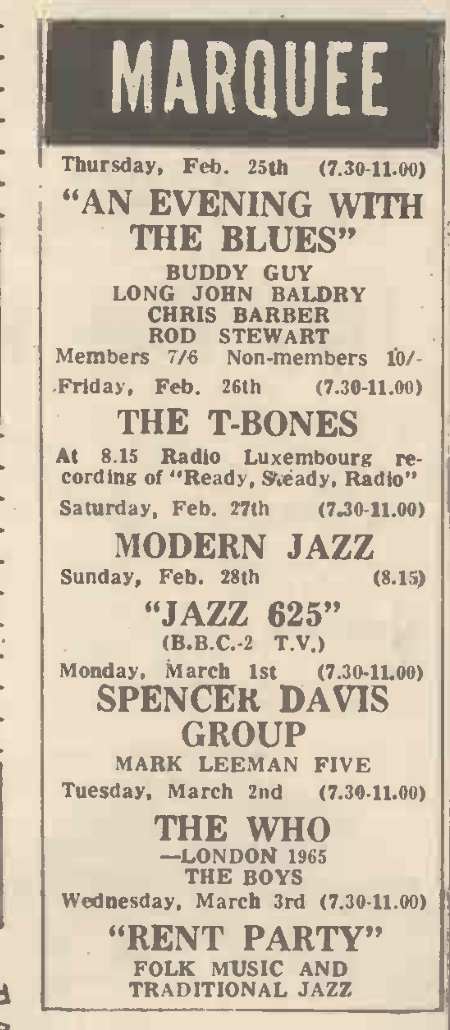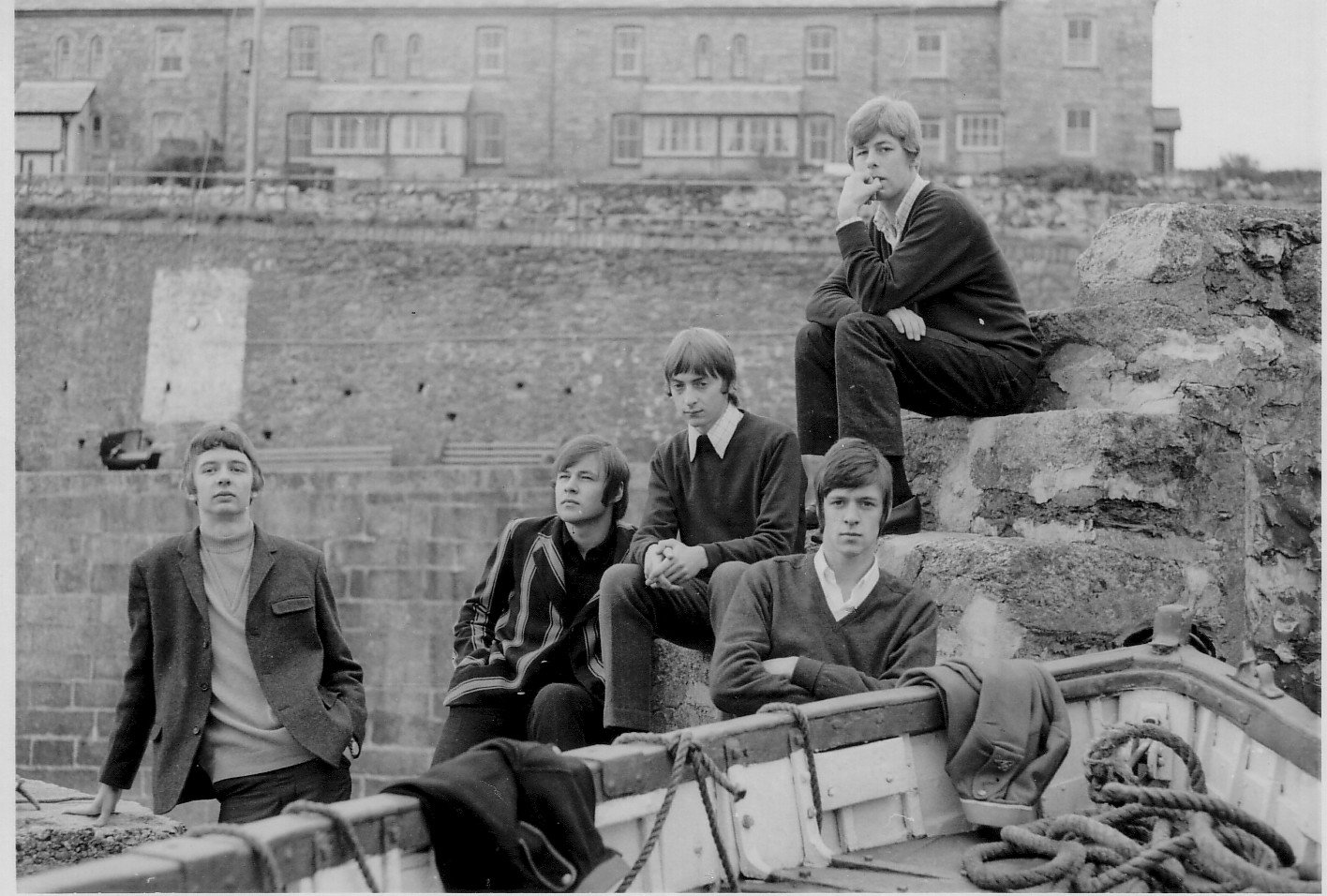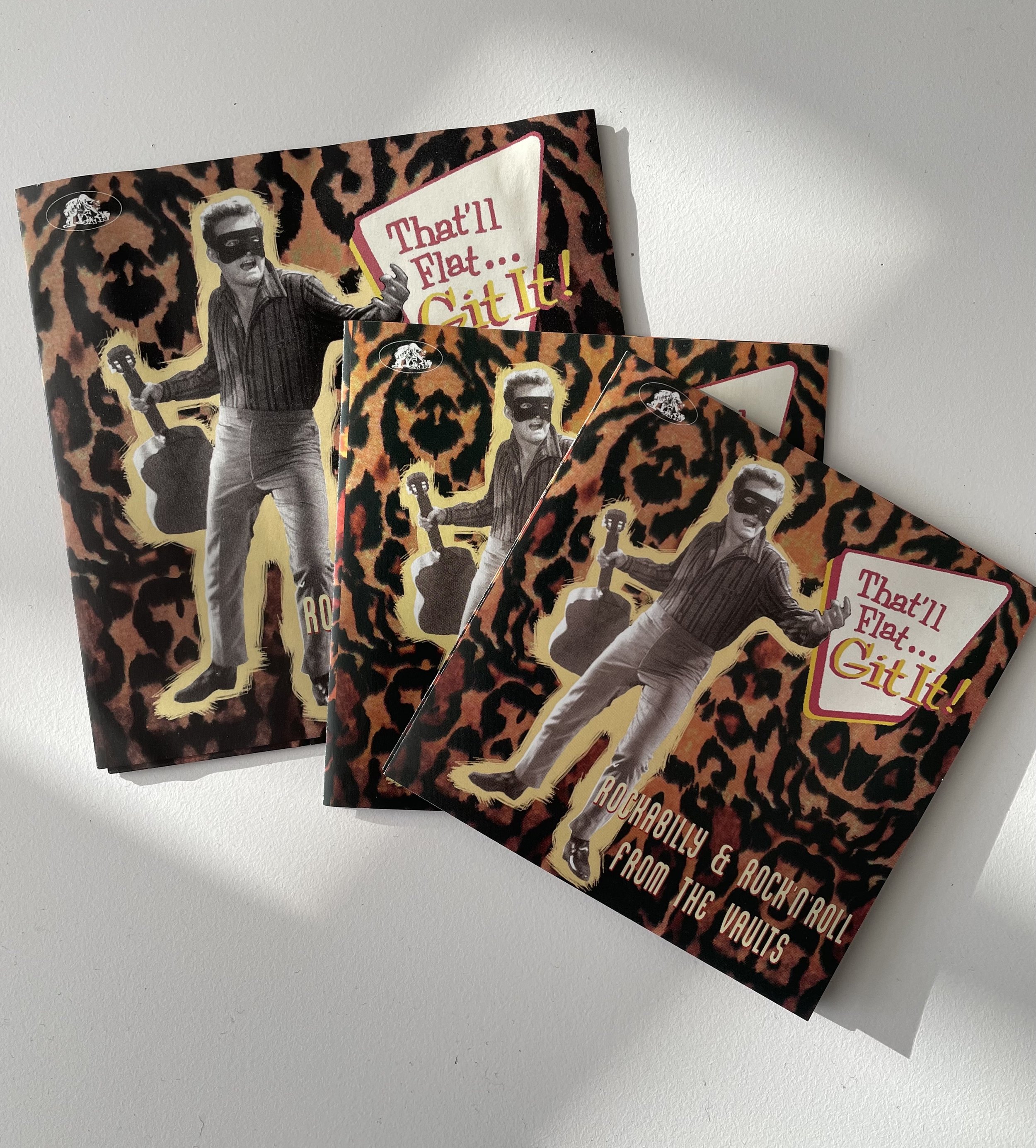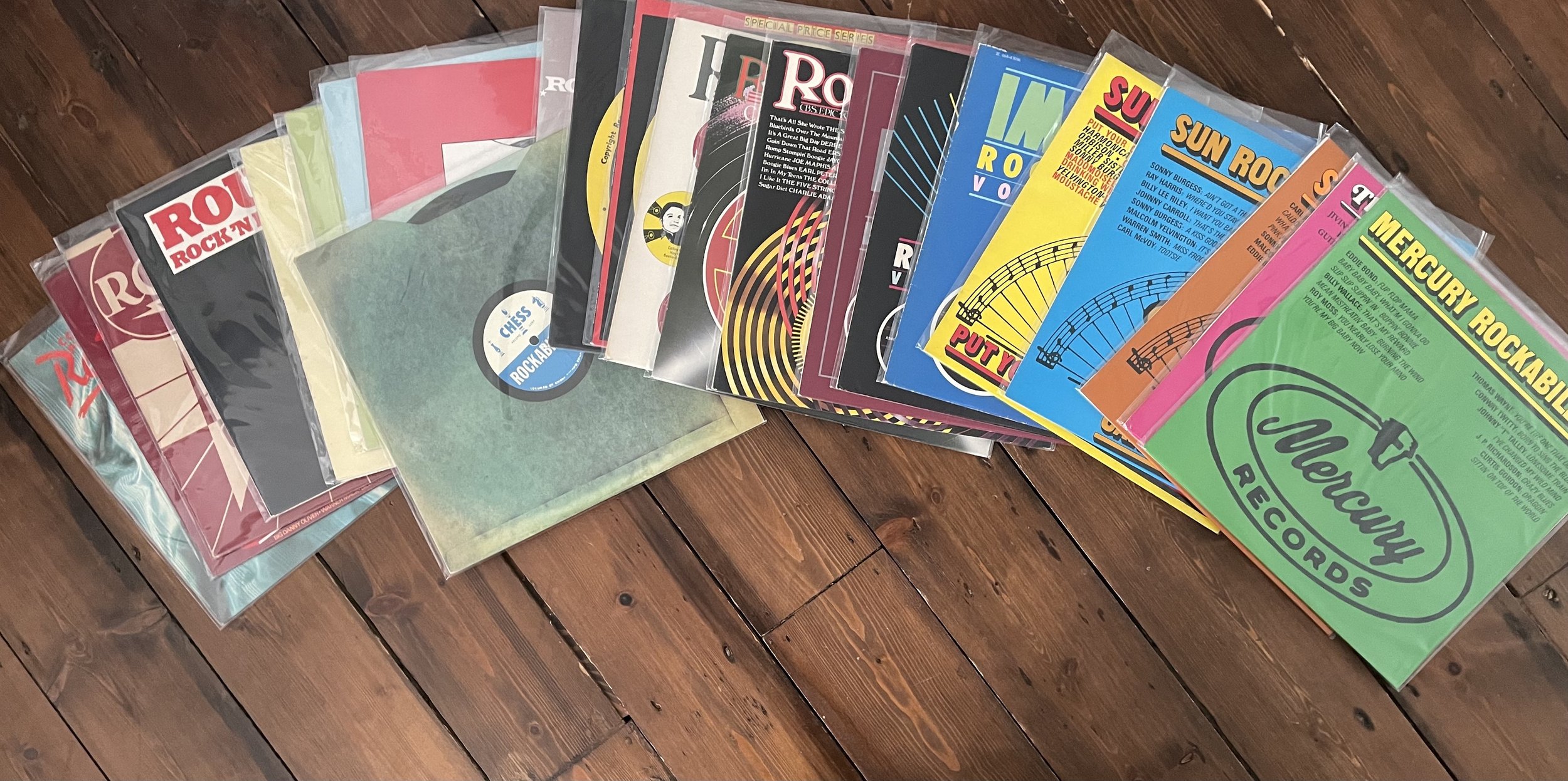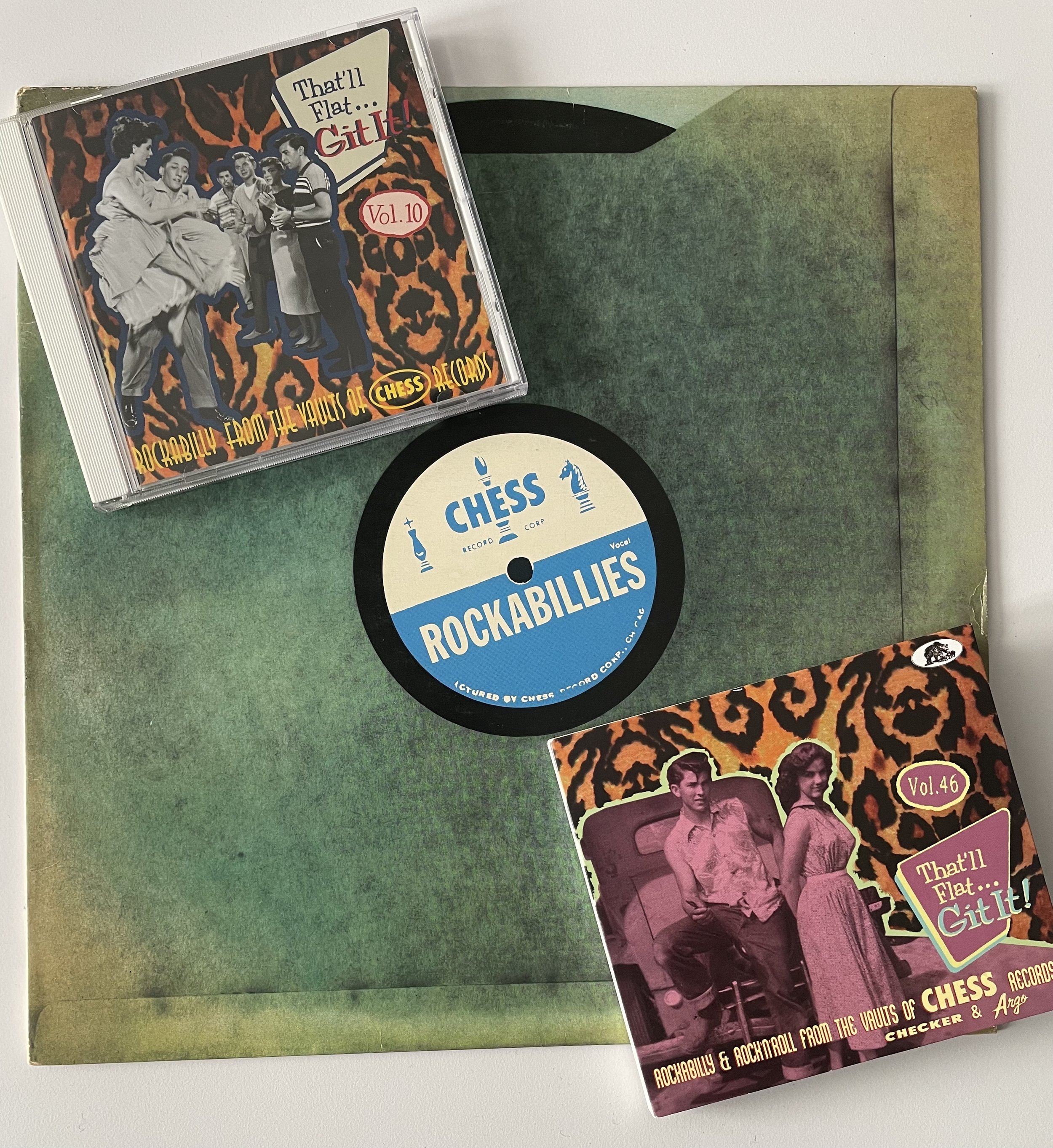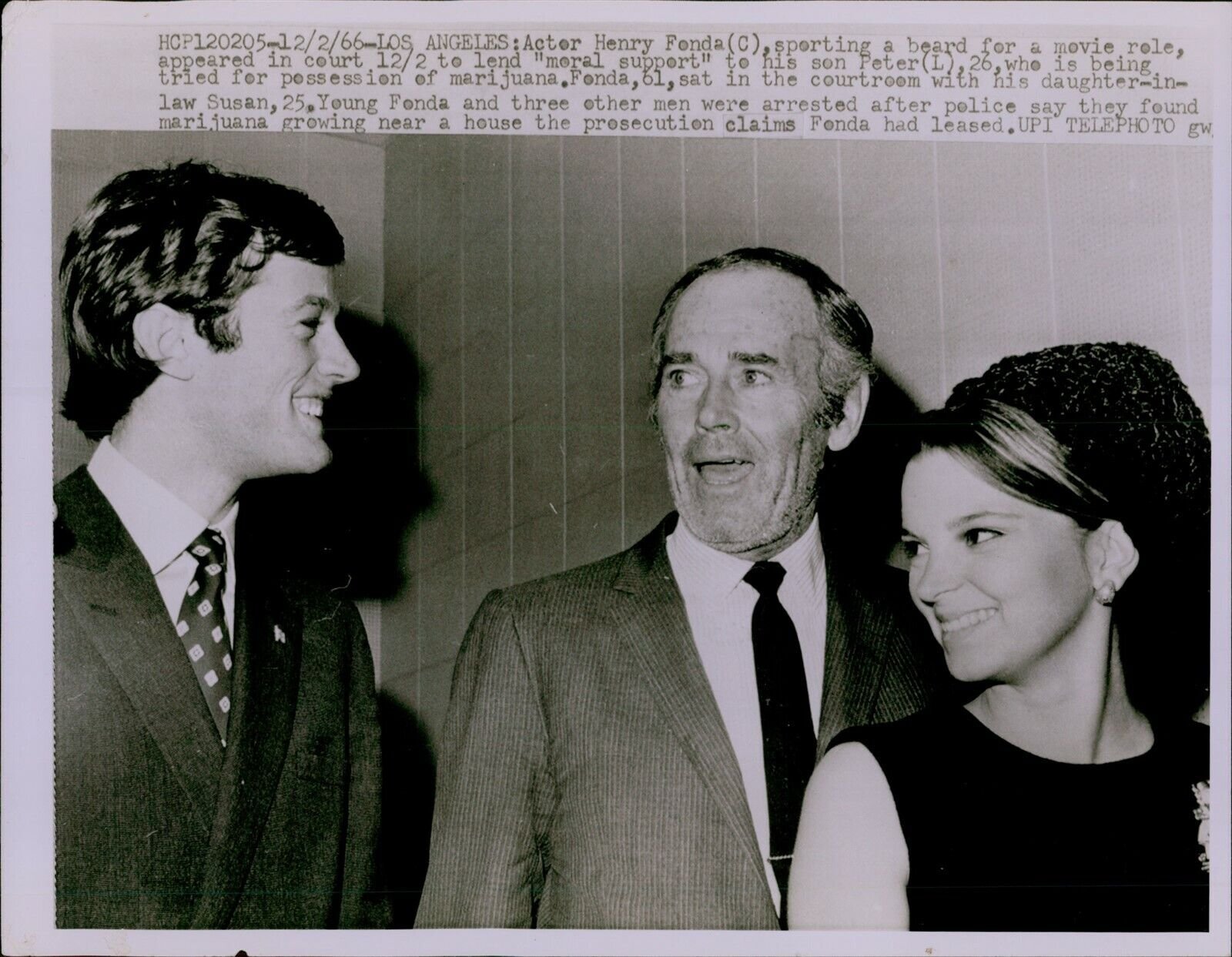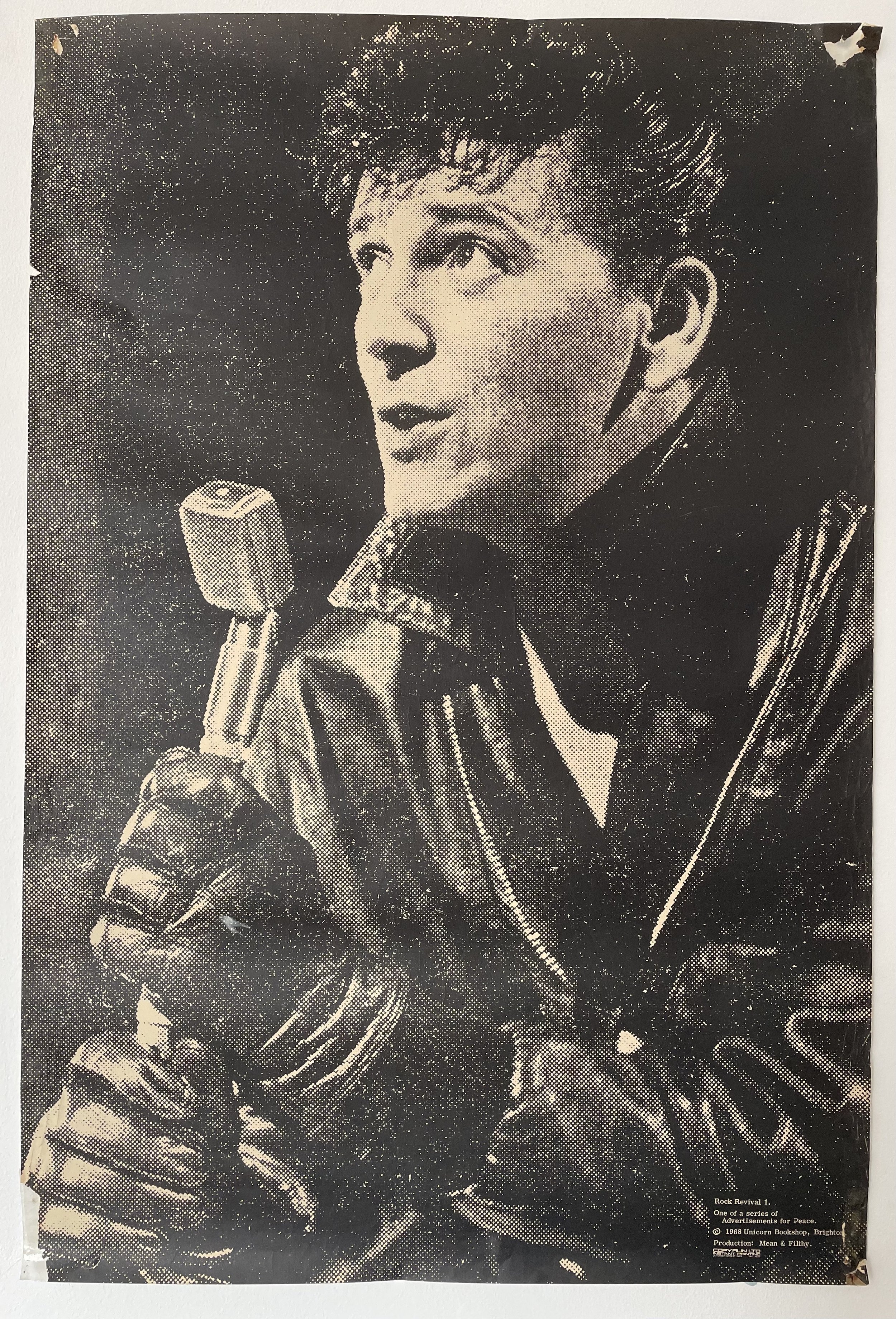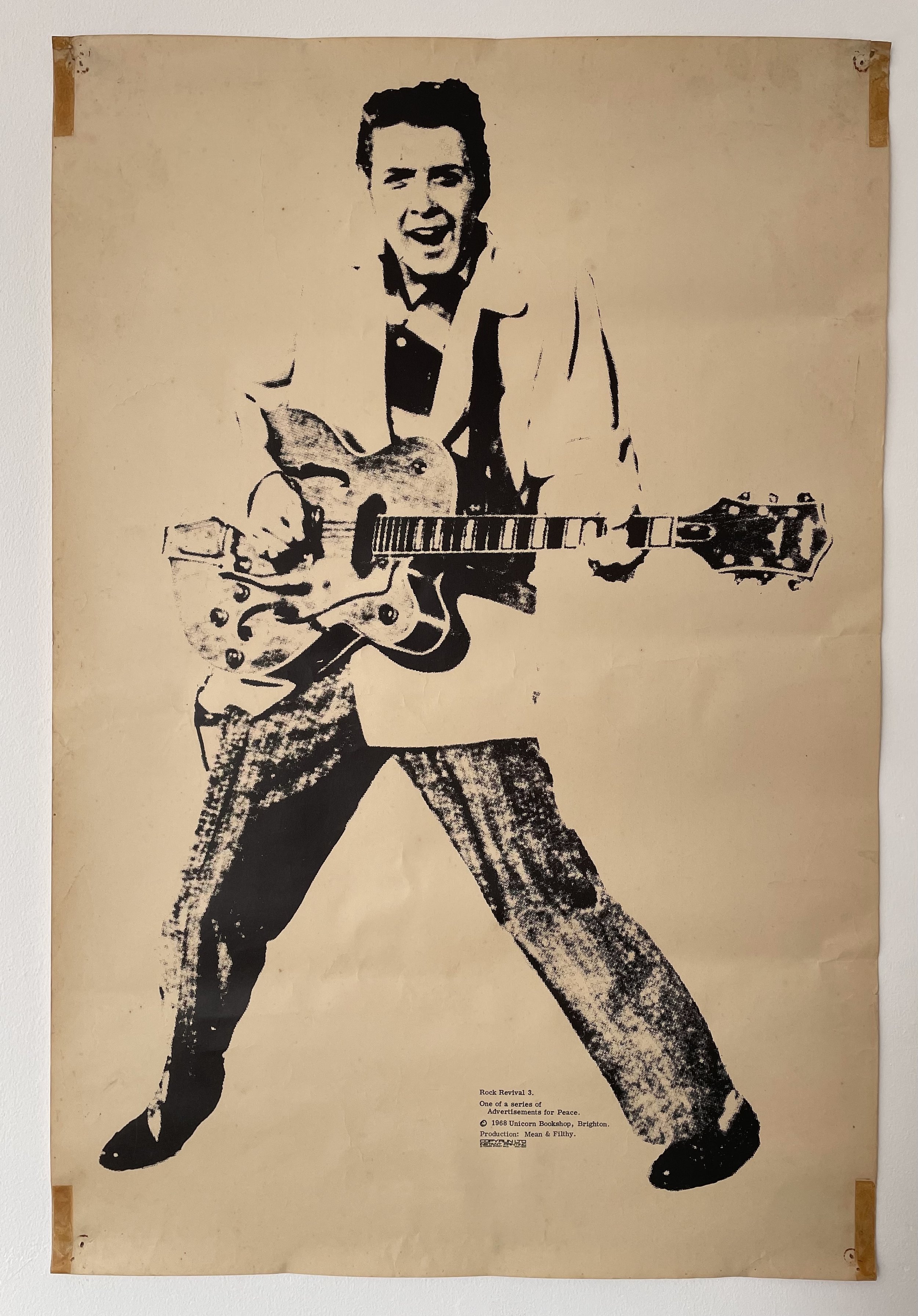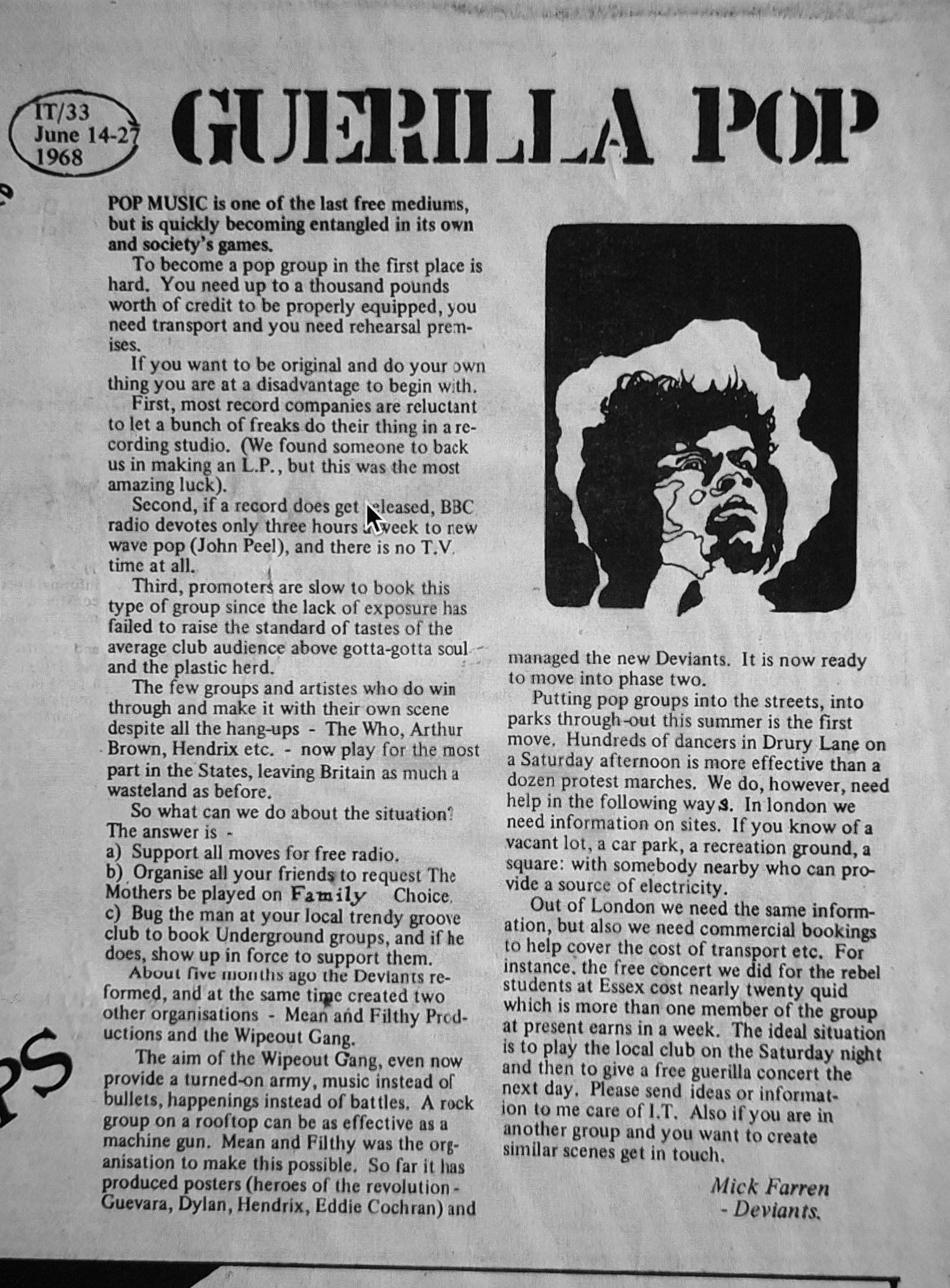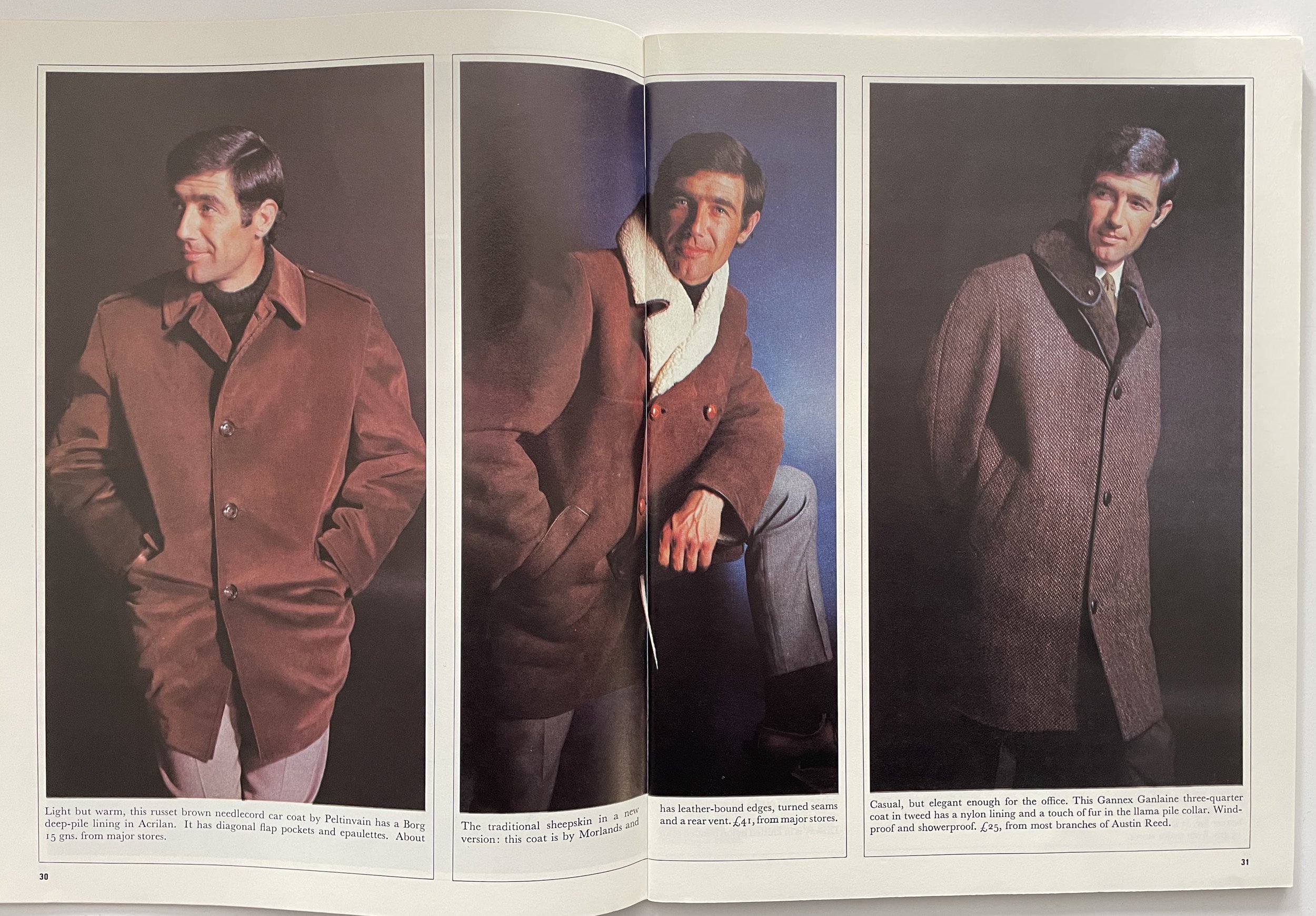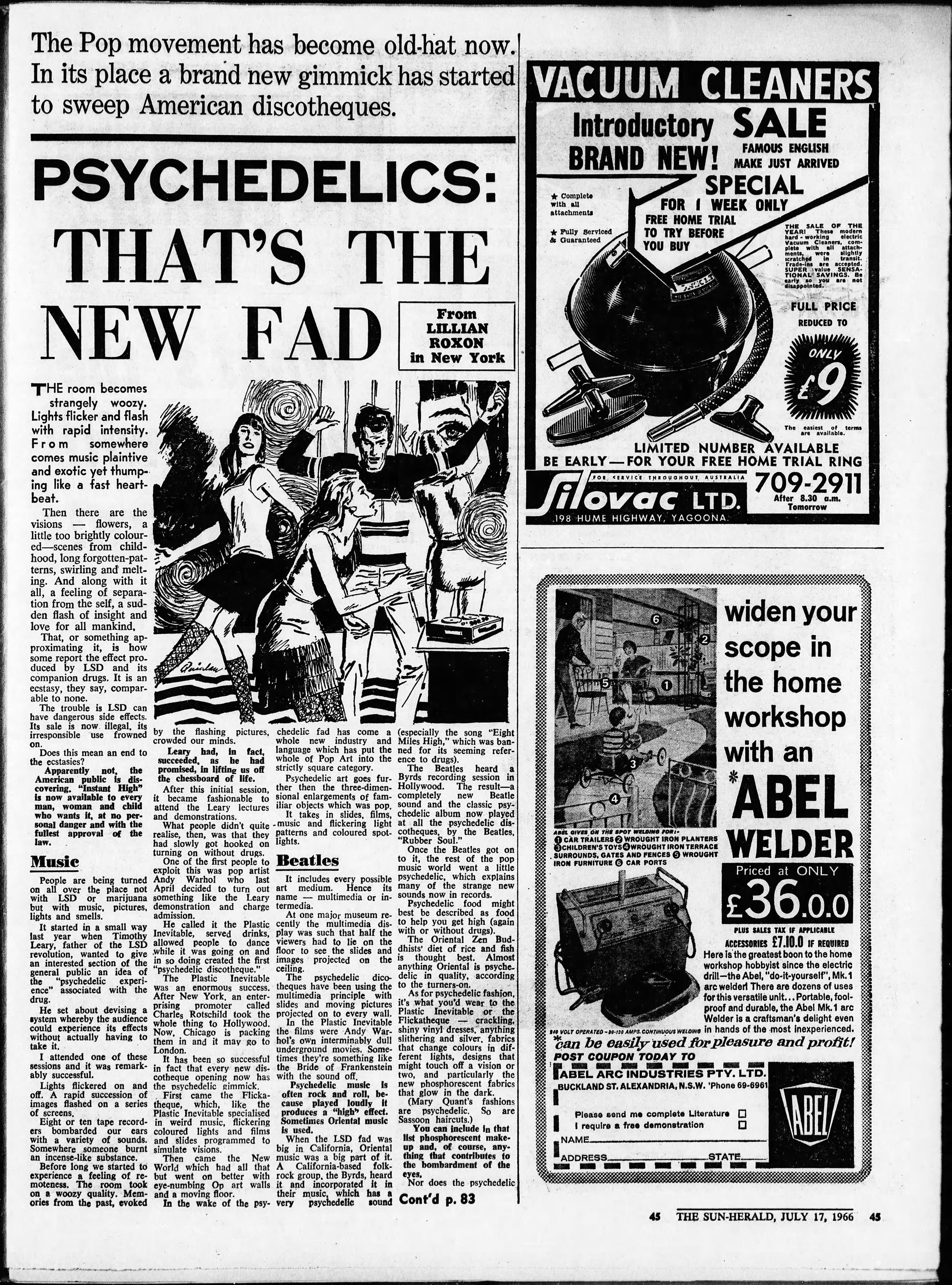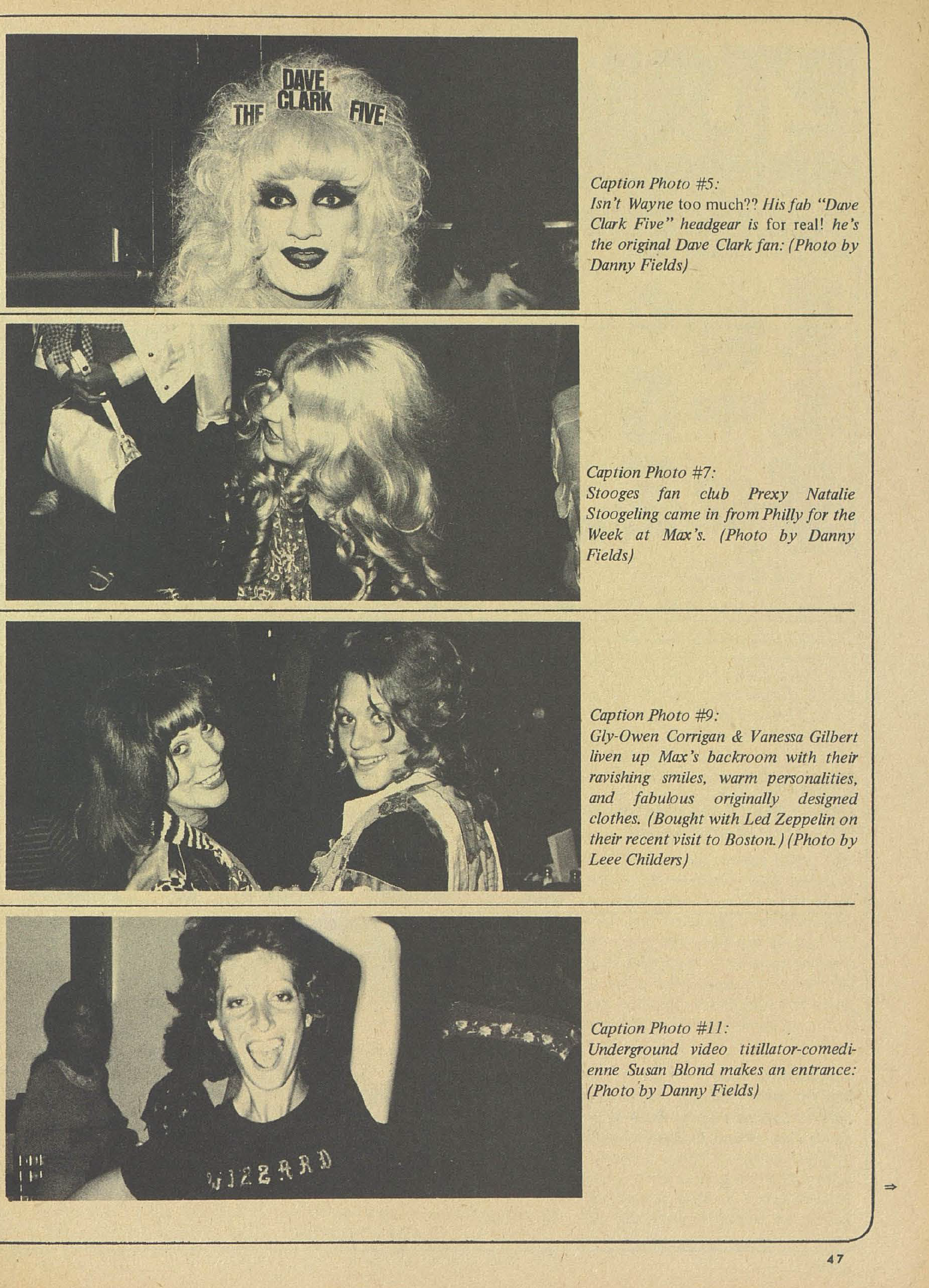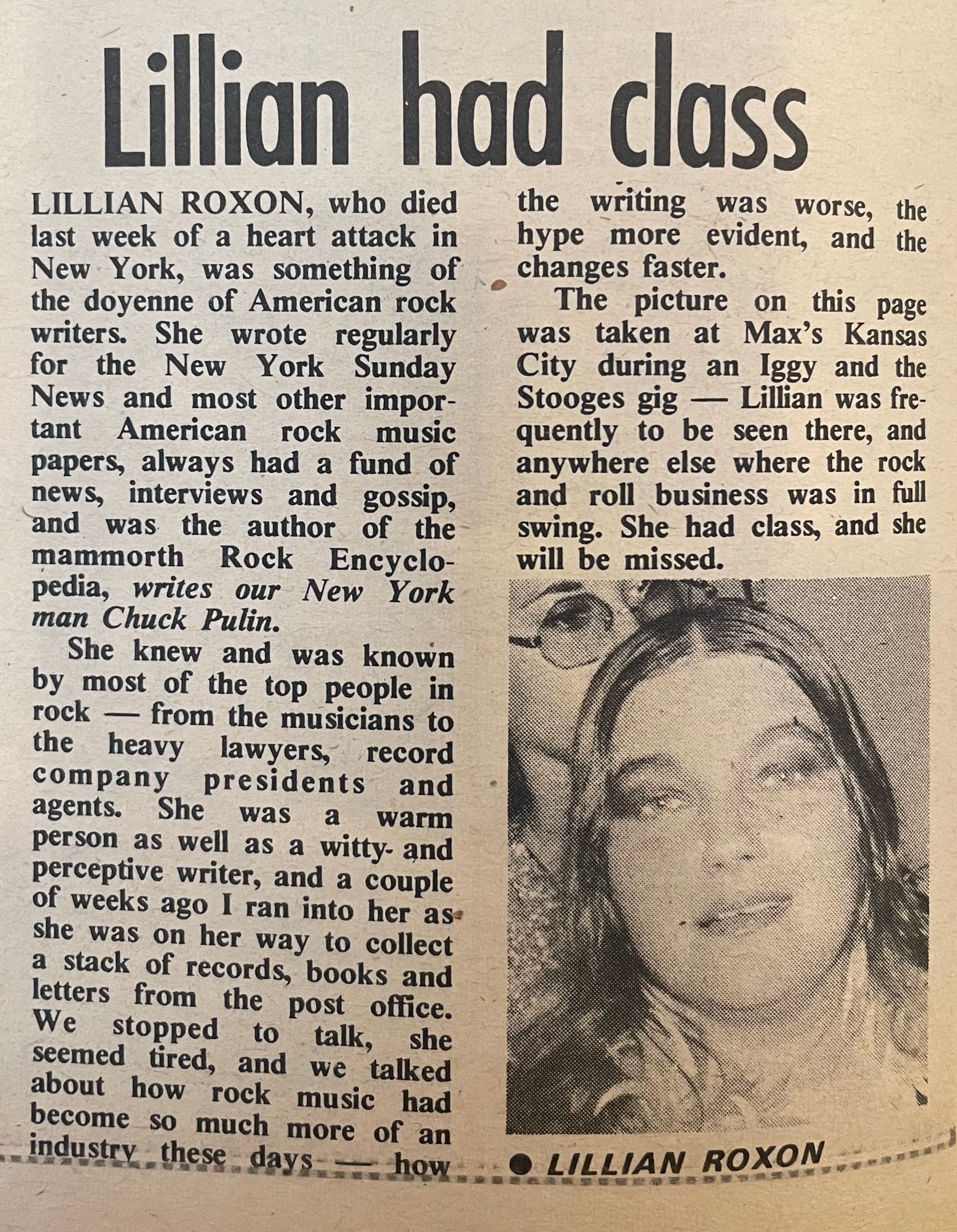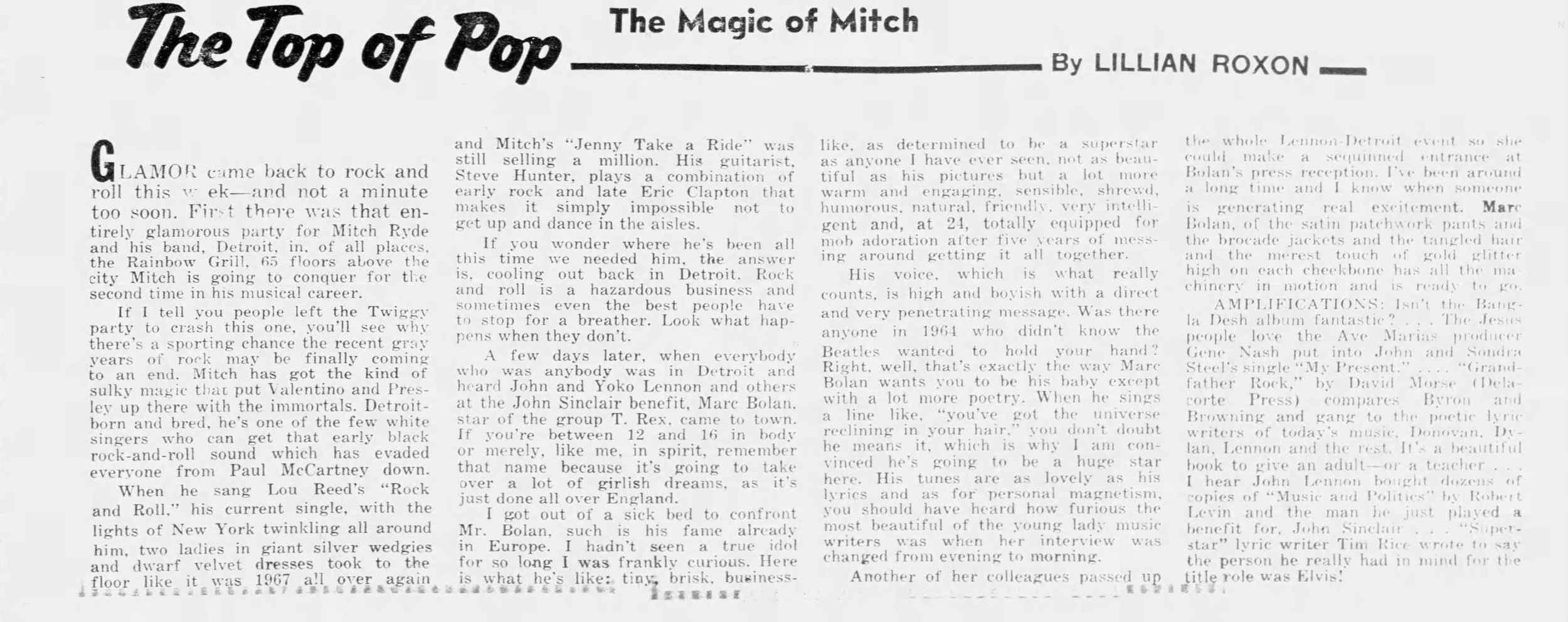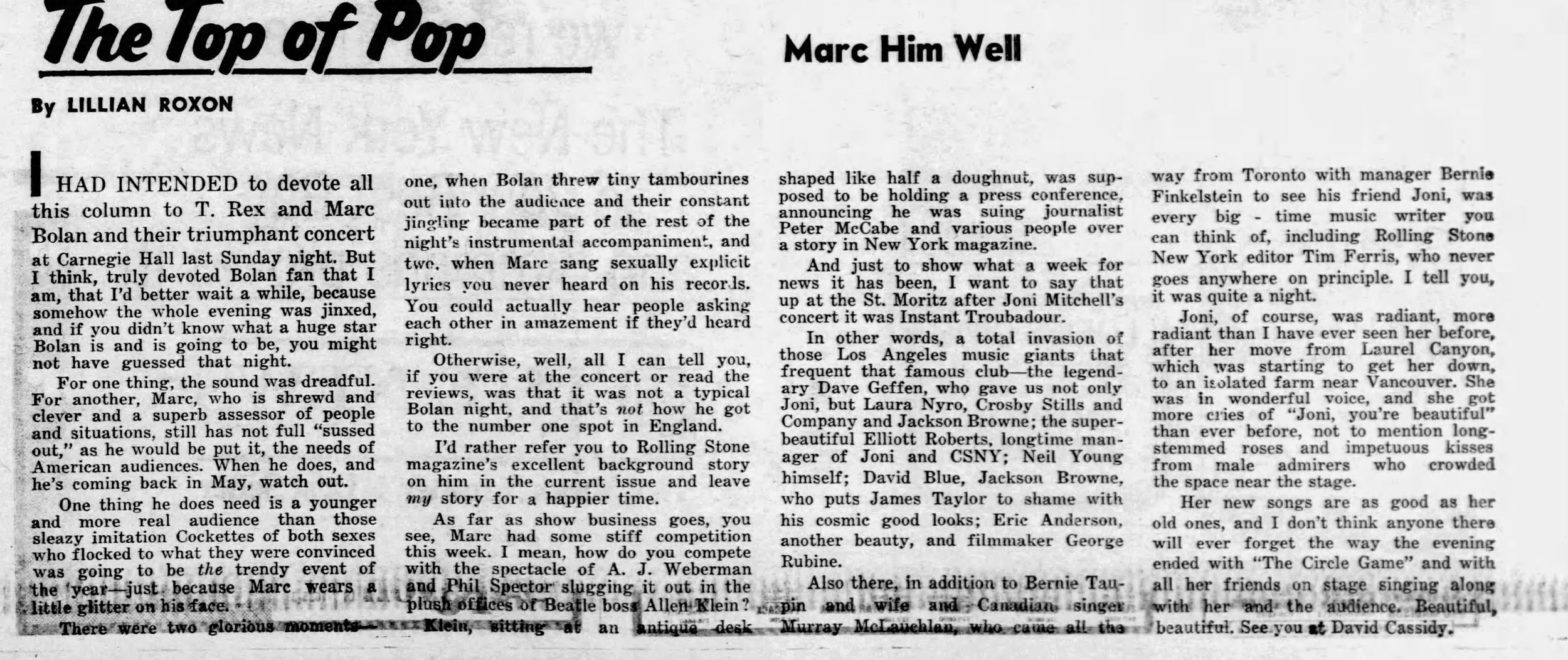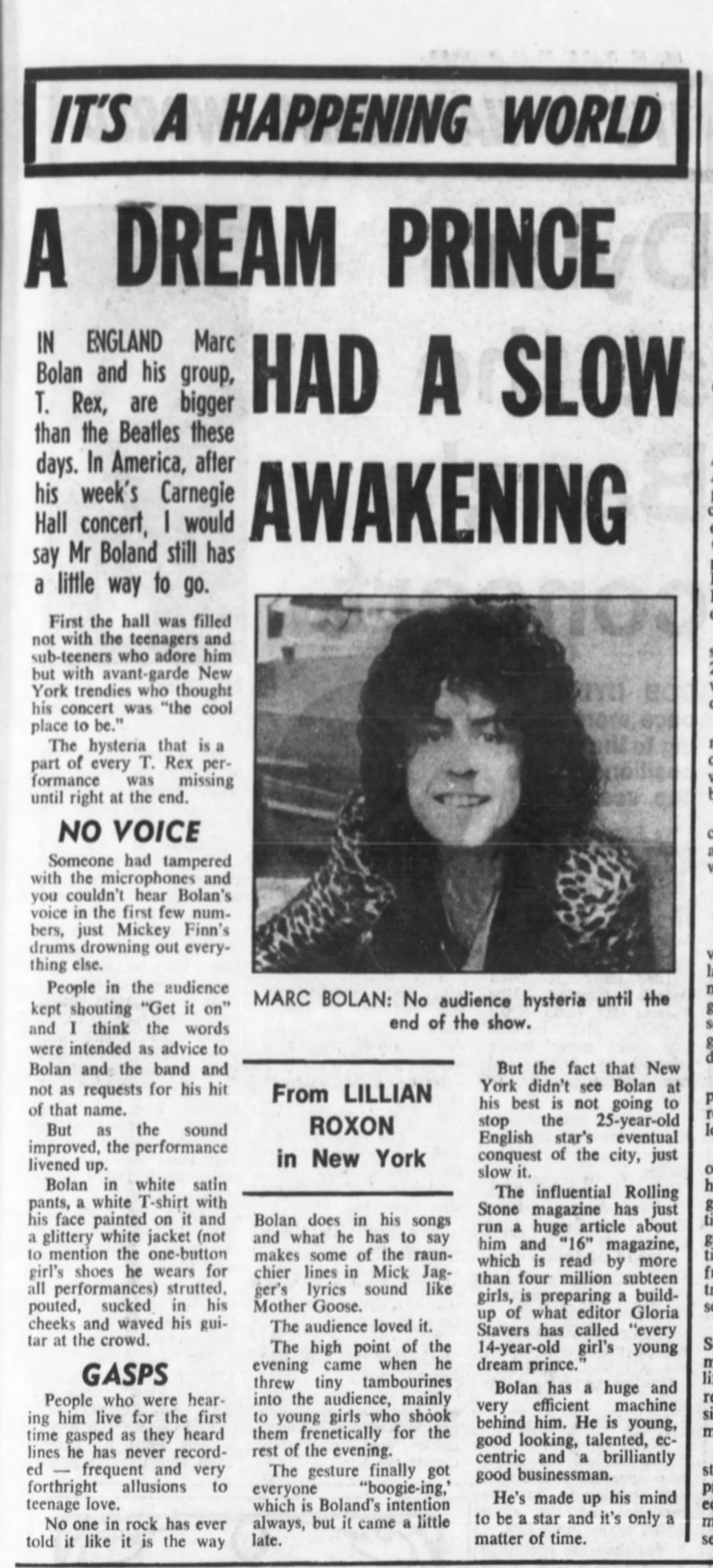I had high hopes for this forgotten original Corgi publication from 1966 partly, I suspect, because the Pop Art jacket suggested more than a run-of-the-mill pulp exploitation of the rock ’n’ roll scene. But it is no more the real dirt than Thom Keyes’ All Night Stand, also 1966. Well-written and mildly diverting it is the story of a working-class lad making his way to fame, fortune and the hard lesson that was not what he wanted after all, which was domestic bliss with his teen sweetheart . . .
I don’t much care about the lesson in class politics - know your place lad - I could live with that if the book, like Keyes, showed at least some first-hand knowledge of the subject, but it doesn’t. Pop is just the background to a romantic melodrama of the old order.
Peter Watts (1919–83) was too old to be an honest broker of the sixties’ swinging scene. Under the names of Matt Chisholm and Cy James he wrote in the region of 150 novels, Westerns mostly.
The story of the rise and fall of Georgie Baker, better known to the record buying public as J.J. Abercrombie, is the souring of the promises made by his management team who when they can no longer tolerate his trespasses move to break him. When A&R man Morrie reaches the end of his tether he draws upon an American colloqualism (or maybe he’s drawing from a deeper English well for his meaning) and presciently foreshadows 1976:
‘Talk your self hoarse’, Morrie shouted. ‘I should care if he breaks his contract. He’s punk. Rotten’.
The back of the book promises ‘Too Much, Too Soon’ like Diana Barrymore’s 1957 autobiography, but the author hasn’t learned the truth of the New York Doll’s maxim that it is better to do too much too soon than too little too late if you’re going to tell a story that is worth hearing
I would love to know who the illustrator for the jacket was, seems to be drawing upon Peter Blake and Pauline Boty for inspiration (or maybe I’m overreaching)
